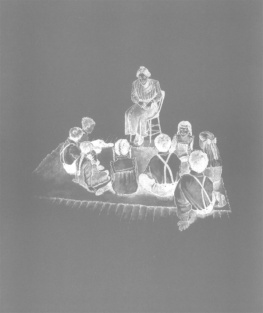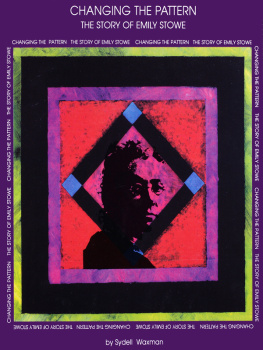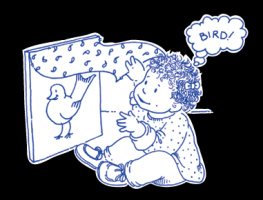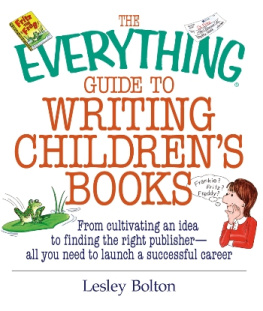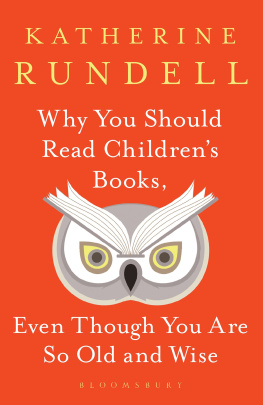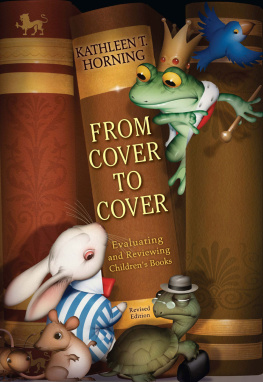

Stories of Canada
Believing in Books
The Story of Lillian Smith
by
Sydell Waxman
illustrations by
Patty Gallinger
and Liz Milkau

Napoleon Publishing
Text copyright 2002 Sydell Waxman
Illustrations copyright 2002 Patty Gallinger
Illustrations copyright 2002 Liz Milkau
All rights in this book are reserved. No part of this publication may be
reproduced, stored in a retrieval system or transmitted, in any form
or by any means, electronic, mechanical, photocopying or
otherwise, without the prior written consent of the publisher.
Cover by Patty Gallinger
Napoleon Publishing
Toronto Ontario Canada
www.napoleonpublishing.com |  |

Napoleon Publishing gratefully acknowledges the support of the Canada Council for our publishing program.
The author gratefully acknowledges the supportof IBBY Canada for the Francis E. Russell Award which helped facilitate primary research.
Printed in Canada
National Library of Canada Cataloguing in Publication
Waxman, Sydell, date
Believing in Books: the story of Lillian Smith/ Sydell Waxman
(Stories of Canada)
ISBN 0-929141-77-6
1. Smith, Lillian H. (Lillian Helena), 1887-1983. 2. Childrens librarians--Canada--Biography. I. Title. II. Series: Stories of Canada (Toronto, Ont.)
| Z720.S64W39 2002 | 020.92 | C2002-902964-3 |

Lillian H. Smith

Contents

Chapter One
Have you ever read a book that you couldnt put down? Have you shivered at the scary parts or laughed out loud at funny lines?
Over a hundred years ago, a child named Lillian felt this magic in books. Fairy tales like The Red Shoes danced in her minds eye. Storms at sea sent her shivering under the covers. She hugged Gullivers Travels.
As she grew older, she was troubled to learn that most children had never heard of Gulliver. Most children in the late 1800s had never trembled at the sight of Long John Silver in Treasure Island. They had missed tumbling down the rabbits hole with Alice in Wonderland. Most children lived lives without books.
Lillian yearned to share her delight of these magical experiences. When she grew up, she struggled to place a good book into the hands and hearts of children everywhereand she did.
Most of the libraries you visit, most of the librarians who work there, exist in Lillians Forest of Firsts, a realm filled with trees of her new ideas.
How did she convince people that stories for the young could change the world? Who was this special person whose soft voice carried this loud message? How did she start a revolution for childrens books?
THE GREATEST
she {Lillian H. Smith} made a larger contribution to the personal enjoyment of more human beings than any other Canadian. Several generations are unaware that she was the greatest childrens librarian of the century.
-Douglas Fisher, newspaper journalist
NO CHILDREN ALLOWED
Libraries, as we know them, did not exist in the late 1800s. Wealthy households and private clubs had reading rooms, but the sign often said, No children or dogs allowed.

Favourite Room
Music and books surrounded Lillian from the day she was born on March 17, 1887, in London Ontario. Her mother Elizabeths piano music, with its religious and classical themes, drifted through their large Victorian home. Her father John Vipond Smith, a Methodist minister and scholar, never tired of discussing English literature. Before she could decipher the alphabet, Lillian savoured the sight of beautiful books, neatly aligned in her fathers library. In this special room, filled with the warm smells of oak, paper and leather, she felt the comfort of home.
Lillians three older siblings, Arthur, Kathrina and Edna, all became willing readers. Shy Edna would curl up with Lillian at bedtime to share Household Stories by the Grimm Brothers. Over and over they enjoyed the tale of Grethel, the hungry cook. Lillian laughed every time Grethel ate the meal meant for company.

Lillian Smith as a baby
Eventually, Lillian pulled down Gullivers Travels, opened the gold-embossed cover and read the entire story herself. Gullivers triumphs made her heart race as though she were actually in the story. She responded so strongly to fictional villains that she left the books outside her bedroom at night. During the day, she slipped behind the tapestry curtains so no one could see her cry through sad stories.
Elizabeths music helped Lillian respond to the rhythmic sounds in well-crafted prose, but the love of the printed word belonged to her father. Admiring him, she grew to share his interests and traits. Like him, she developed a keen mind, strong speaking skills and an overwhelming fascination with ideas and books.

AN EXPERIENCE
The thing that makes a book a good book to a child is that it is an experience. The child who has read and enjoyed such a book has growngained something permanent which can never be taken away
-Lillian Smith
MAGIC
For there is magic in the writing of these books; a magic that enchants the children who read them
-Lillian Smith

Pack It Up
Lillians book characters followed her wherever she went. Each time her father received a new Canadian parish, the family had to move. Everyone helped. Lillian, the youngest, packed the treasured books.
In the new house, Lillian carefully placed her friends onto the dim shelves of the family library. Echoes of her mothers poetic tunes soon wafted to the images of the stories. This special room, once again, became familiar and comforting.
Even with flickering candles and the new kerosene lamps, the library was often dark. Lillian searched for well-lit private reading spots.
Next page
